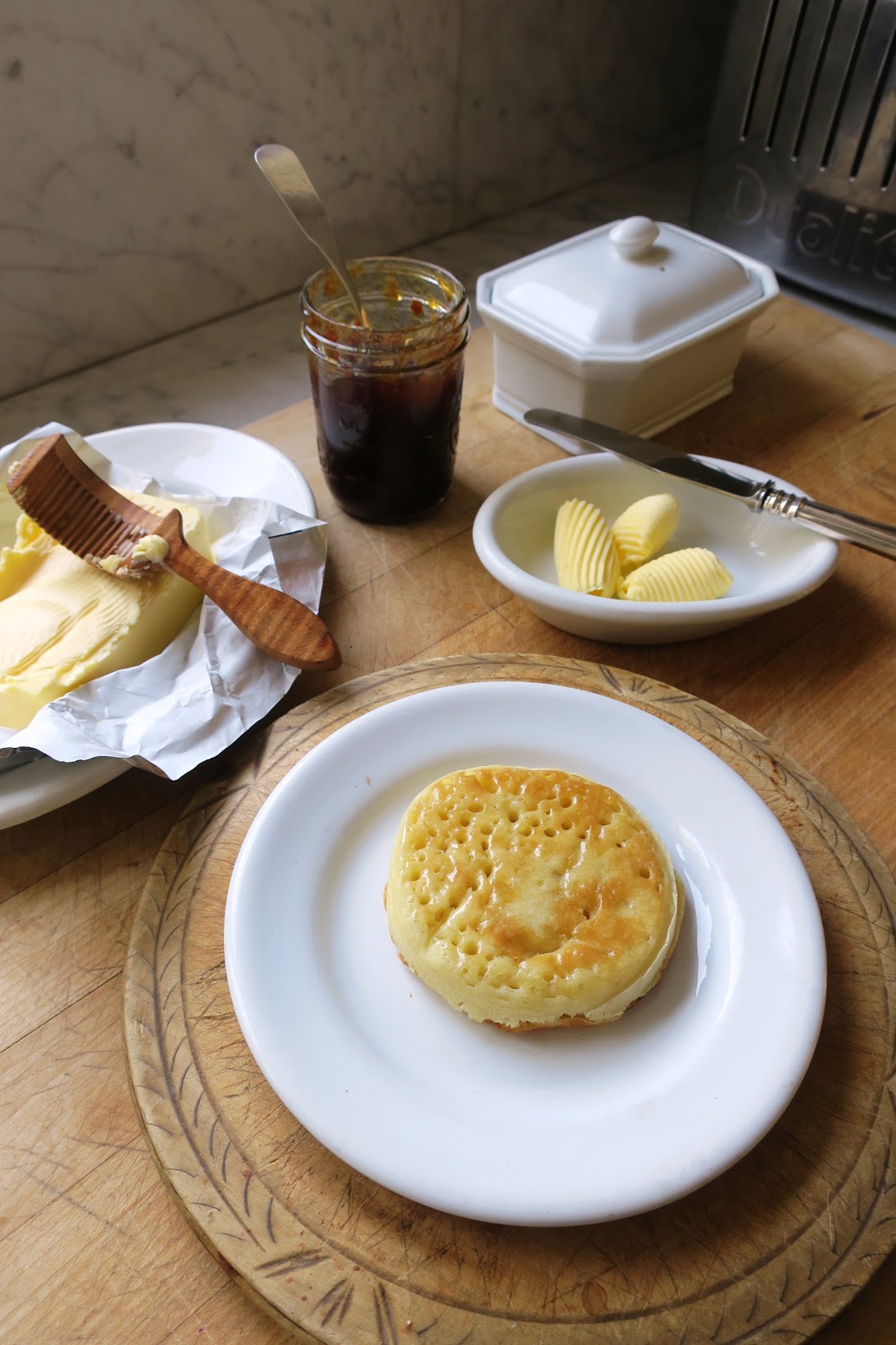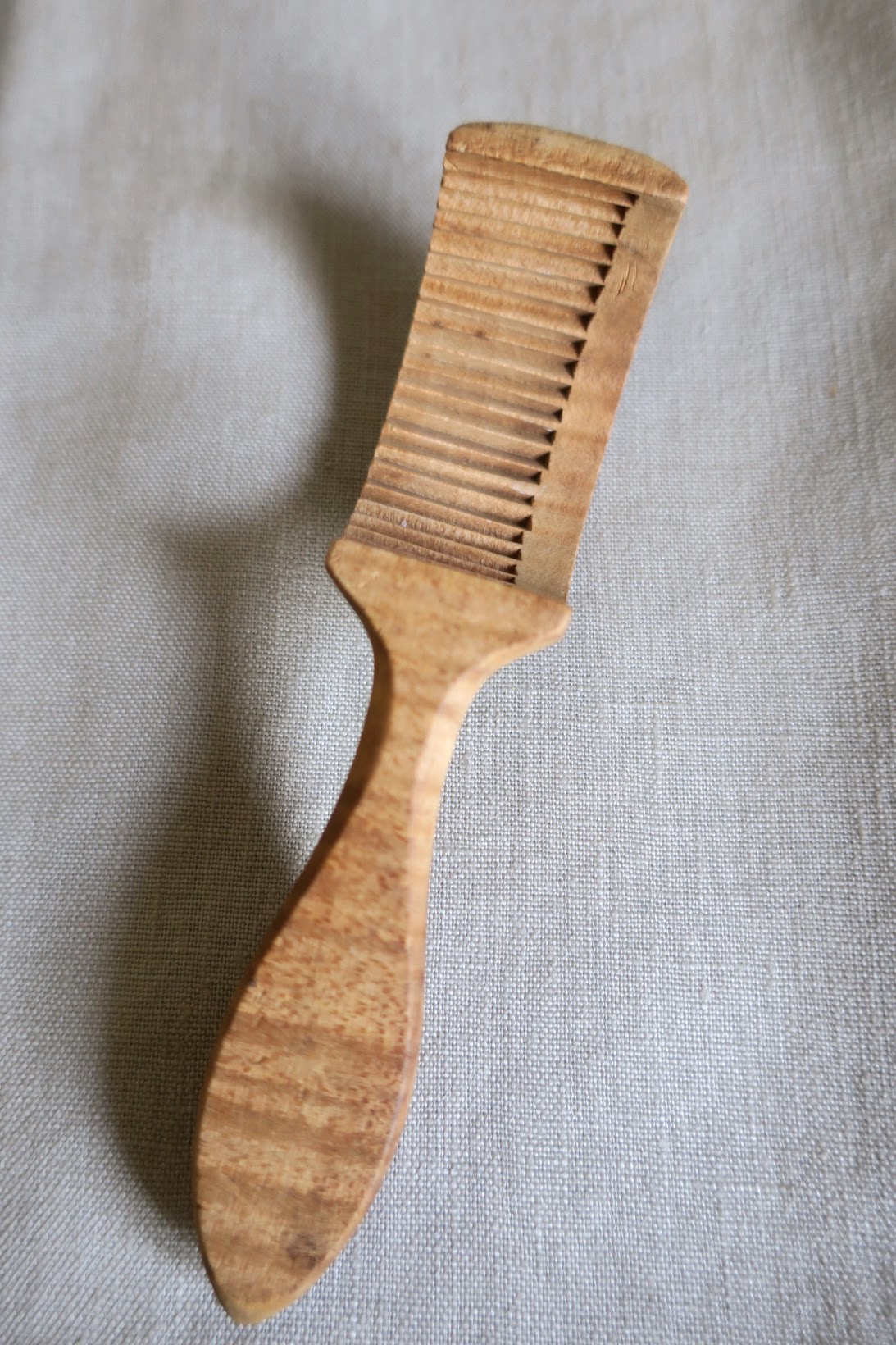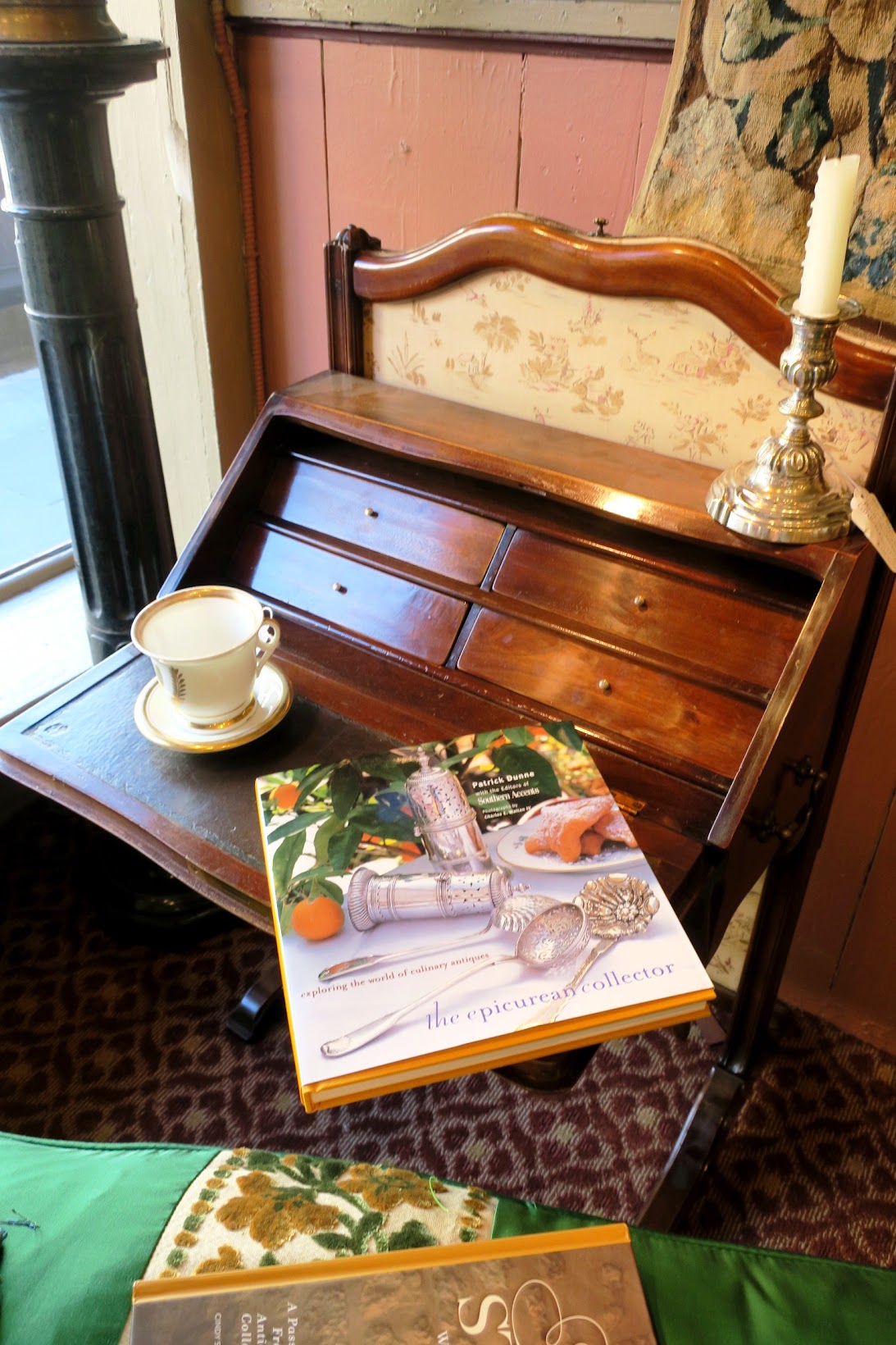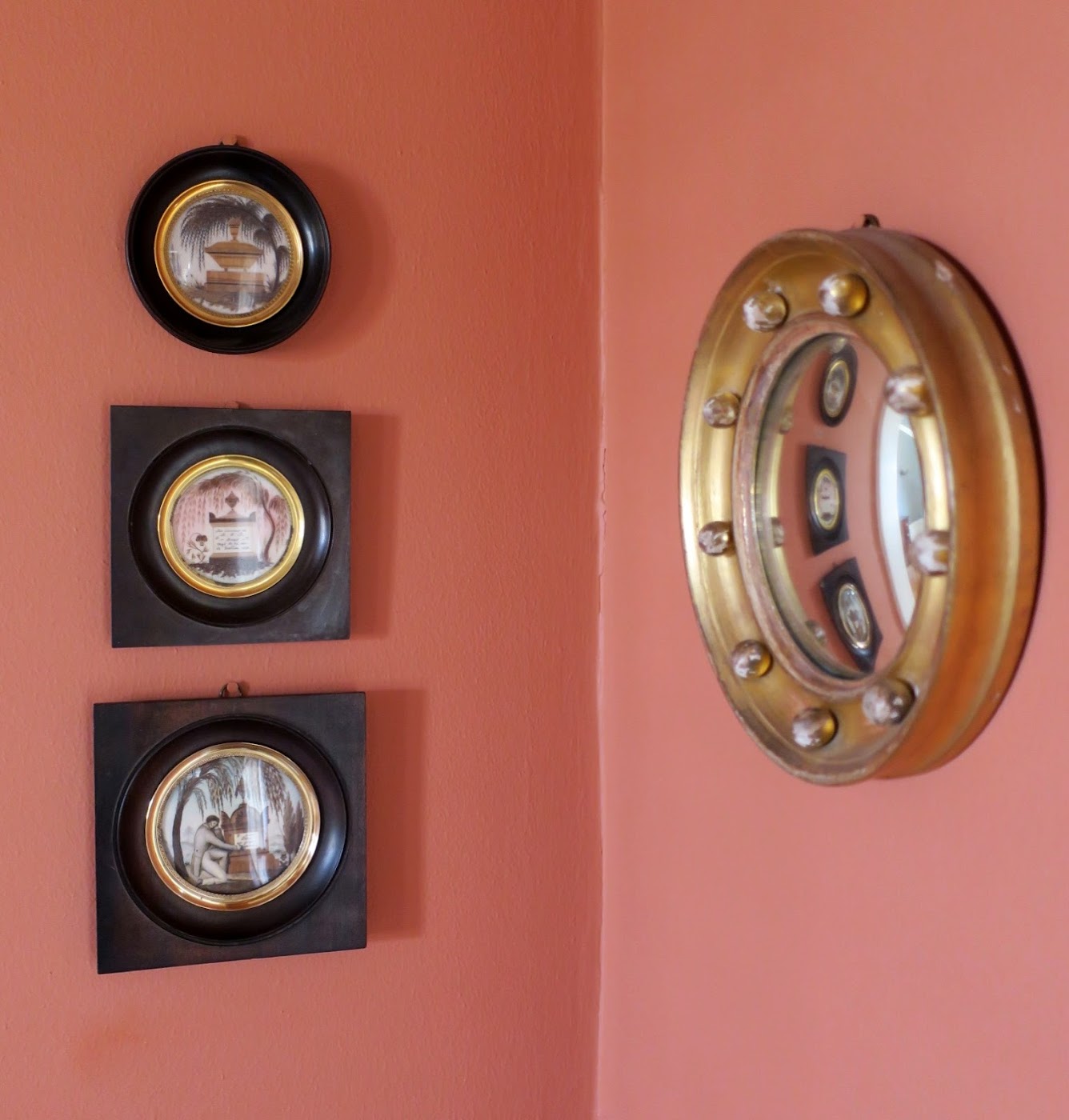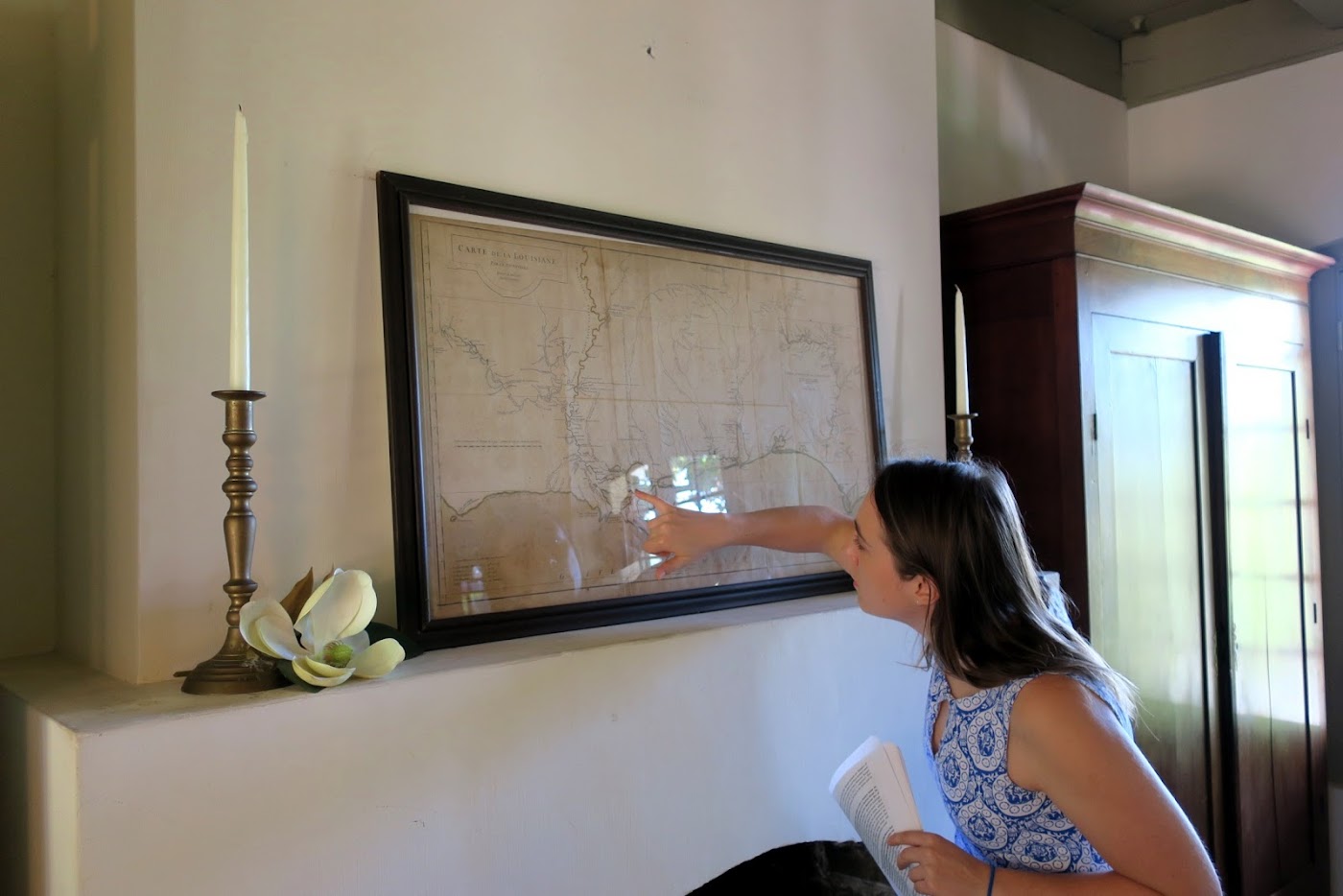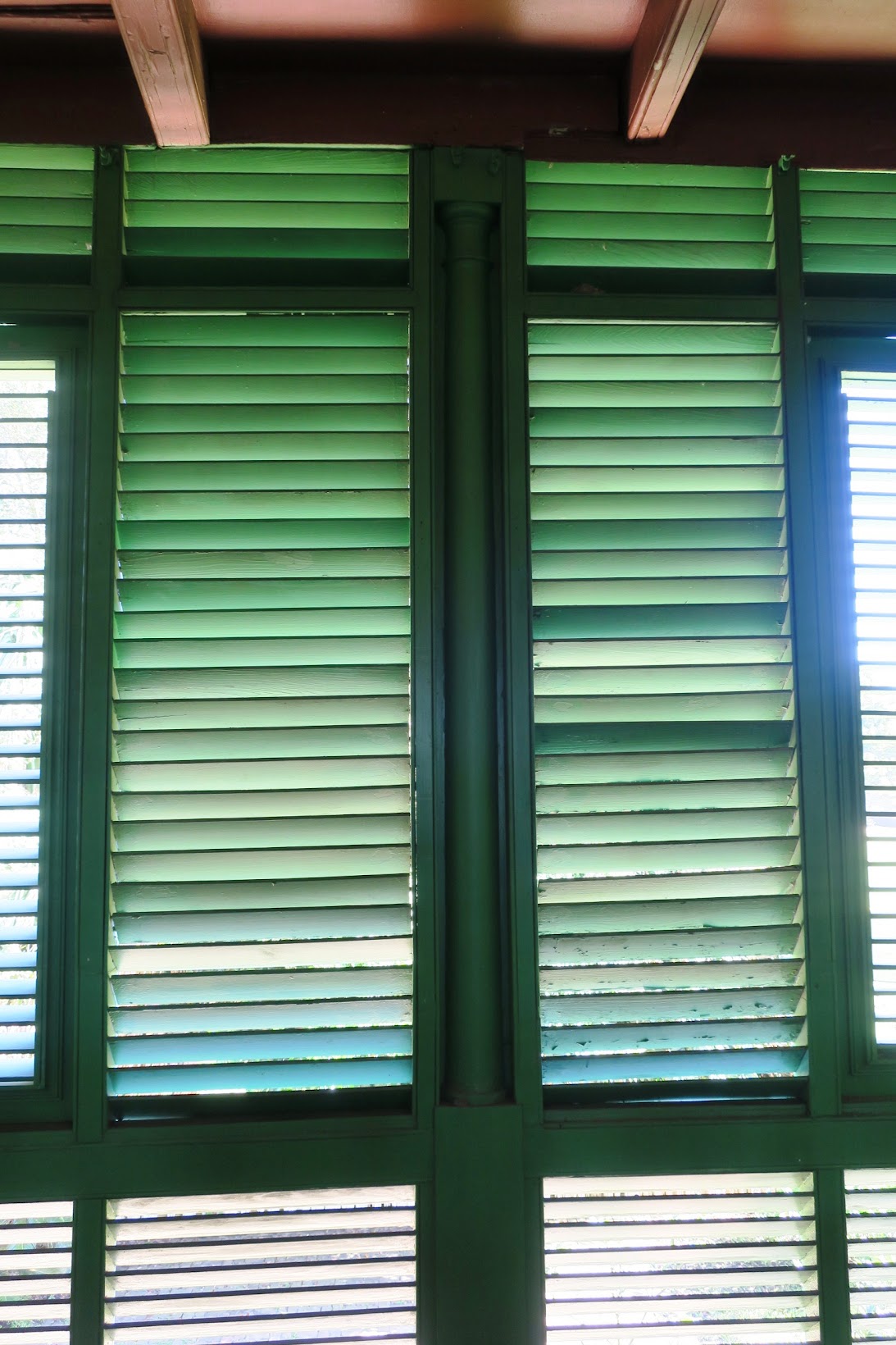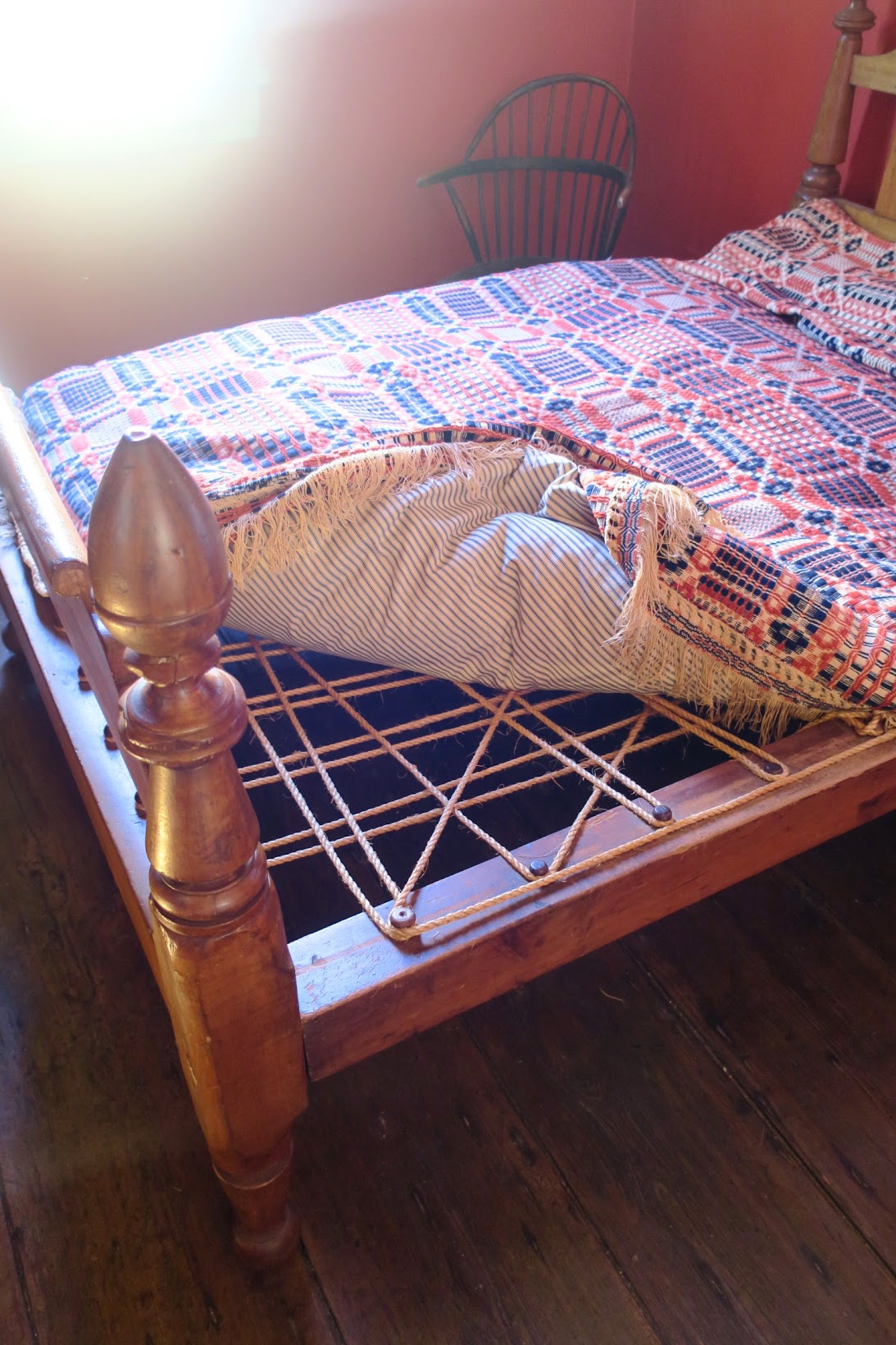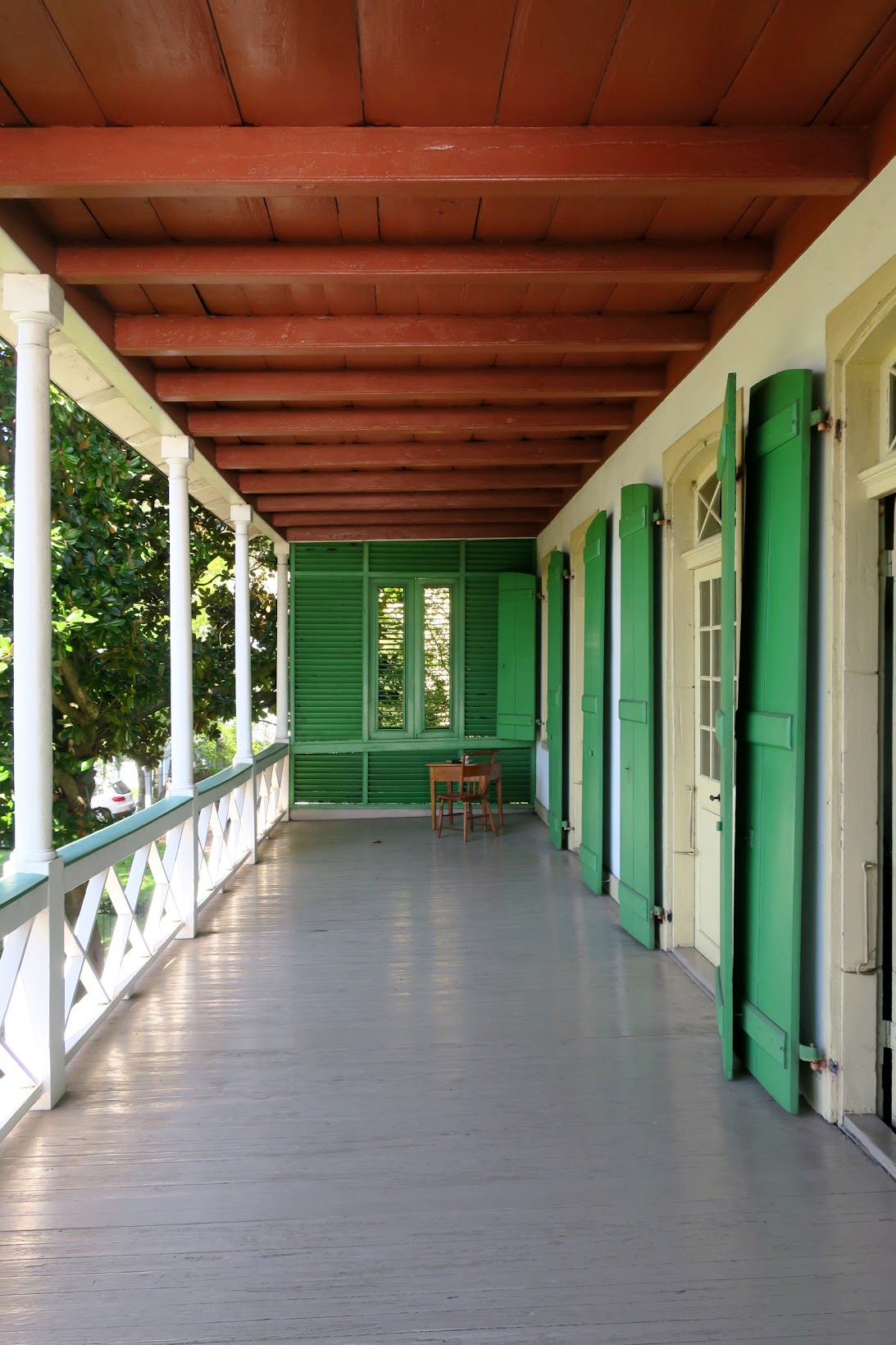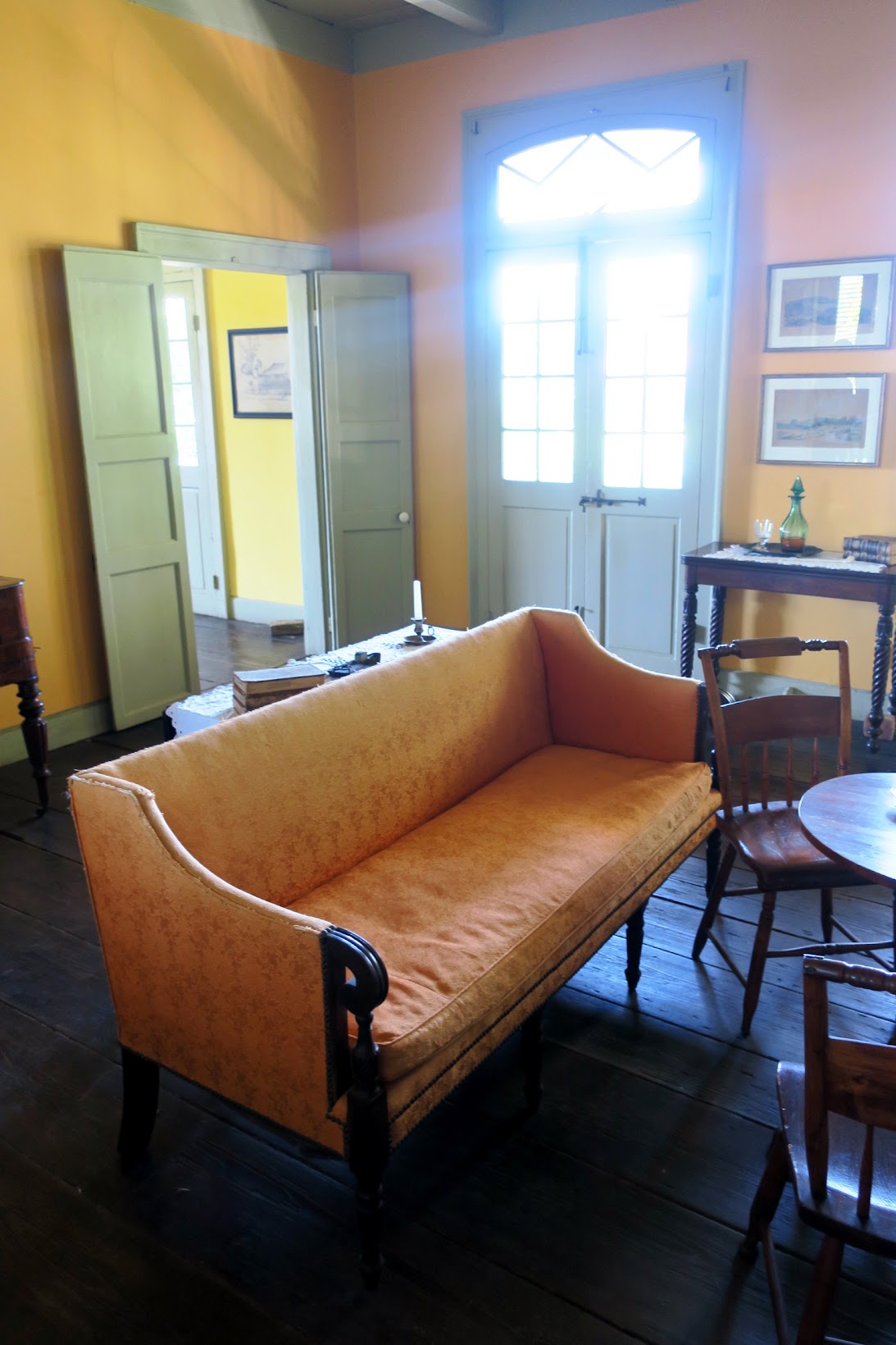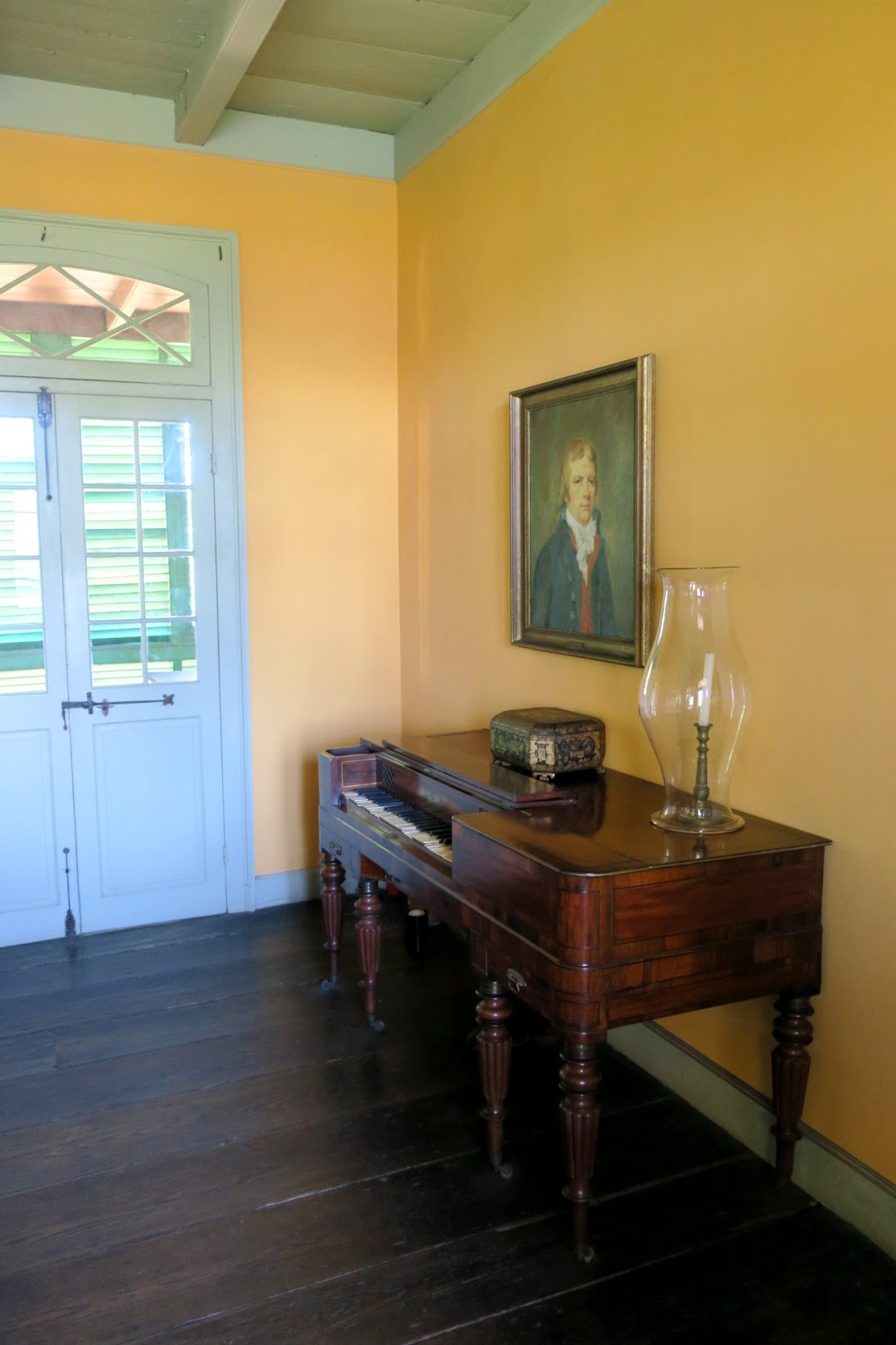For such a geographically compact area, the French Quarter of New Orleans offers much
to delight its many visitors. Beyond the obvious architectural, culinary, and musical experiences there is, of course, the shopping.
Lucullus Antiques
Photo: Chronica Domus
I have known about
Lucullus Antiques since reading Patrick Dunne's book The Epicurean Collector which I received as a Christmas present shortly after its publication in 2002. As you might have already guessed from its title, the book explores the world of culinary antiques. It focuses primarily on the accoutrements and traditions of the French and English kitchen and dining room. It is also sumptuously photographed and makes for a splendidly informative read. Put another way, it is a book right down one's alley.
As well as being the author of The Epicurean Collector, Mr. Dunne happens to be the proprietor of Lucullus Antiques. In fact, many of the props appearing in the book's photographs were items available for sale at Mr. Dunne's shop. Eager to visit, I made a beeline for Lucullus Antiques on the morning of my first full day in New Orleans.
As I stepped across the threshold of the wine red-painted store front, a magical world presented itself. Too lost in the moment to snap any worthy photograph that will do justice to this marvelous shop, I stumbled about from room to room in a stupor, absorbed in the dazzling displays of gleaming silver, sparkling glassware, fine porcelain, and polished copper.
The stacks of Paris porcelain dishes and early nineteenth century
champagne flutes reminded me of preparing for my own
dinner parties at home
Photo: Chronica Domus
Anglo-Irish cut-glass sweetmeat dishes, silver candelabra, and more Paris porcelain to
tempt and delight Lucullus' patrons
Photo: Chronica Domus
Polished copper pots and pans to satisfy the best of cooks
Photo: Chronica Domus
An autumnal display of early-nineteenth century covered jars, or bonbonnieres as
they are known at Lucullus Antiques
Photo: Chronica Domus
Every conceivable kitchen and dining room convenience of yesteryear is artfully arranged and whimsically displayed within the various rooms of the nineteenth century building that Lucullus Antiques occupies. Walking from the formal dining room settings, found towards the the front of the shop, and into the more rustic atmosphere of the back end of the building, one finds a convincing interpretation of a working country kitchen.
A charming and inviting rustic kitchen setting
Photo: Chronica Domus
Beautiful and functional French kitchen antiques, and even a stuffed hen, are found
in the back kitchen space of Lucullus Antiques
Photo: Chronica Domus
If all the beautiful objects become a little too overwhelming, one can easily step outside into the welcoming courtyard where - you guessed it - even more antiques await, casually displayed within their lush setting.
French café tables and chairs are set about the lush and tranquil courtyard
Photo: Chronica Domus
Heading back inside, I could not help but to look around in disbelief that
I was still in The United States of America and not in a village house in
southernEurope or the West Indies
Photo: Chronica Domus
Of course, a souvenir of my visit was most certainly in order and as Mr. Dunne was presently on a buying trip in France, his capable and gracious staff was on hand to assist.
The playful Mr. Kerry Moody was all too happy to ham it up for the
camera, with an appropriate prop, of course
Photo: Chronica Domus
Circling back to one of the silver cabinets piled with silver items, Ms. Michele was most helpful when it came time to make my purchase. Wouldn't you just know it, in a shop stocked primarily with French antiques, it was an English piece that had caught my eye.
A sterling silver ladle with crest by London silversmith Henry Sardet
circa 1804 was going home with me
Photo: Chronica Domus
I was leaving Lucullus Antiques not only a delighted customer, but one that will recall her visit with fondness whenever her new old ladle is pressed into service. And, just as Mr. Moody bid me adieu, I spied a copy of the very book that inspired my visit, The Epicurean Collector, perched upon a small writing desk waiting to be discovered.
Photo: Chronica Domus
Please do yourself a favor and pay a visit to Lucullus Antiques the next time you are in the French Quarter of New Orleans. There's really no other place quite like it. And, if you can't get there in person any time soon, crack open the cover of Patrick Dunne's marvelous and informative book, The Epicurean Collector, for a fascinating read on food history and culinary traditions.
I do leave you with a few words of warning however: You may just be inspired to begin a new collection of something you had no idea ever existed before thumbing through the pages of this book. Absinthe spoons, anyone?
Lucullus Antiques
610 Chartres Street
New Orleans, LA 70130
Tel: 1 (504) 528-9620
Nota bene: I am neither paid nor do I receive recompense in exchange for applauding products or services within my blog. I do so because I enjoy them. If you are a kindred spirit, you too enjoy recommending nice things to fellow good eggs.








